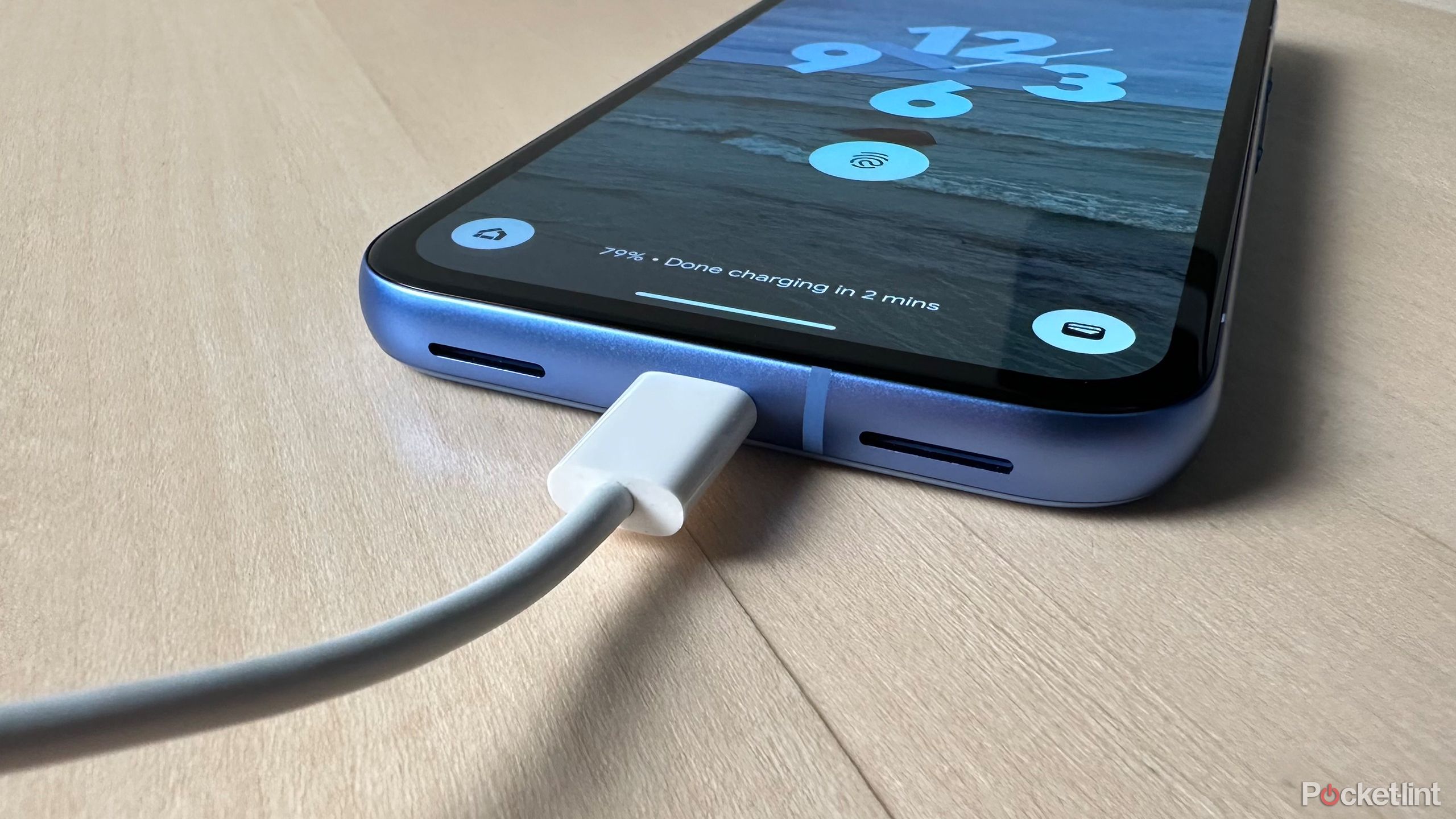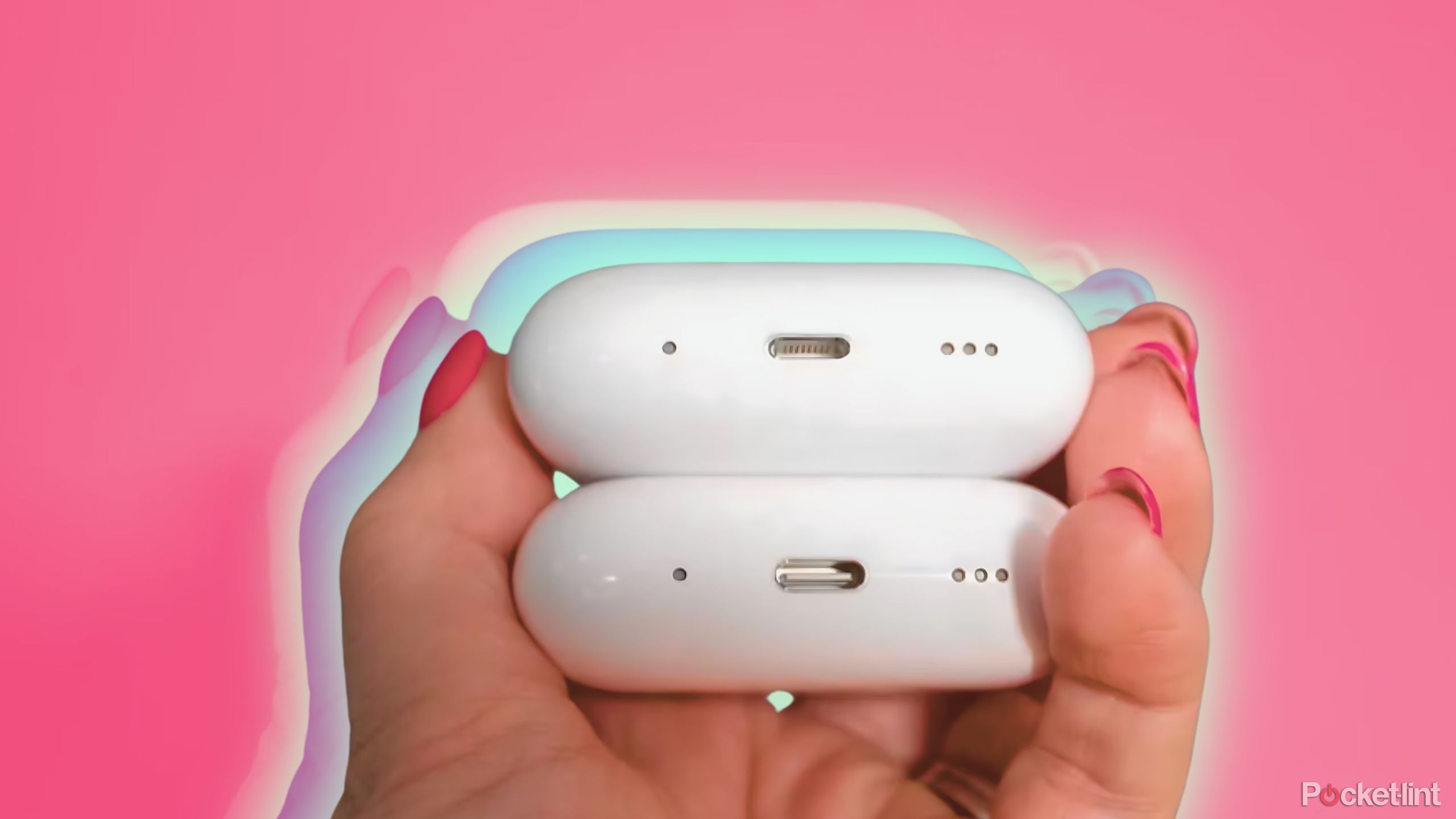Abstract
- Lightning was initially a superior different to Micro-USB and its personal 30-pin connectors.
- A couple of years later, although, Apple discovered itself clinging to Lightning regardless of the plain technical superiority of USB-C.
- It might have been motivated by maintaining manufacturing prices down whereas reaping cash from ecosystem lock-in.
Apple has a historical past of championing new tech requirements, which in all probability is no surprise to anybody studying this. The unique Macintosh popularized each mice and graphical consumer interfaces, and the iMac gave a giant increase to USB-A. The iPhone was a seismic shift, pulling the smartphone away from the keyboard and stylus designs favored by manufacturers like Nokia and RIM. If you happen to’re younger sufficient, you won’t even bear in mind how in style RIM’s BlackBerry telephones was once.
For a short window, there was a time when Apple was main the best way in cellular connectors within the type of its Lightning customary. By the top of its life, although, Lightning was not solely outdated, however thought-about an indication of larger issues at Apple. So what occurred?
Associated
With the iPhone 16e, is Apple abandoning budget devices?
Some upcoming {hardware} refreshes ought to verify the place Apple is headed.
The delivery of Lightning
A small answer to a rising drawback (actually)
Previous to the arrival of Lightning, most of Apple’s iPhones, iPads, and iPods relied on a proprietary 30-pin connector. On the time, this was adequate for energy and knowledge, however Apple was starting to run into critical points with velocity and design area. That 30-pin connector was not solely sluggish to cost, however comically massive subsequent to the Micro-USB format used on different telephones — on an iPhone 4, for instance, it occupied a lot of the backside edge, by no means thoughts any inner elements. To maintain iPhones skinny however highly effective, the 30-pin format was going to must go.
Lightning cables and docks grew to become synonymous with dwelling within the Apple ecosystem.
Micro-USB wasn’t a really perfect answer, although. It was nonetheless restricted in energy supply, and as anybody who’s used the usual will know, Micro-USB cables may be each fragile and laborious to plug in appropriately on the primary strive. A Micro-USB port is a tiny goal, and the connector is non-reversible — there’s just one appropriate “up” aspect.
Lightning solved these issues in a single fell swoop, placing it forward of its time. As we speak, it is typically attainable to mistake a Lightning cable for USB-C.
The primary-ever Lightning machine was the iPhone 5, launched in September 2012. Apple quickly introduced the expertise to different product traces, although, transport the fifth-gen iPod contact, Seventh-gen iPod nano, 4th-gen iPad, and the unique iPad mini later the identical yr. The format grew to become entrenched, even making its solution to headphones and Mac equipment. Lightning cables and docks grew to become synonymous with dwelling within the Apple ecosystem.
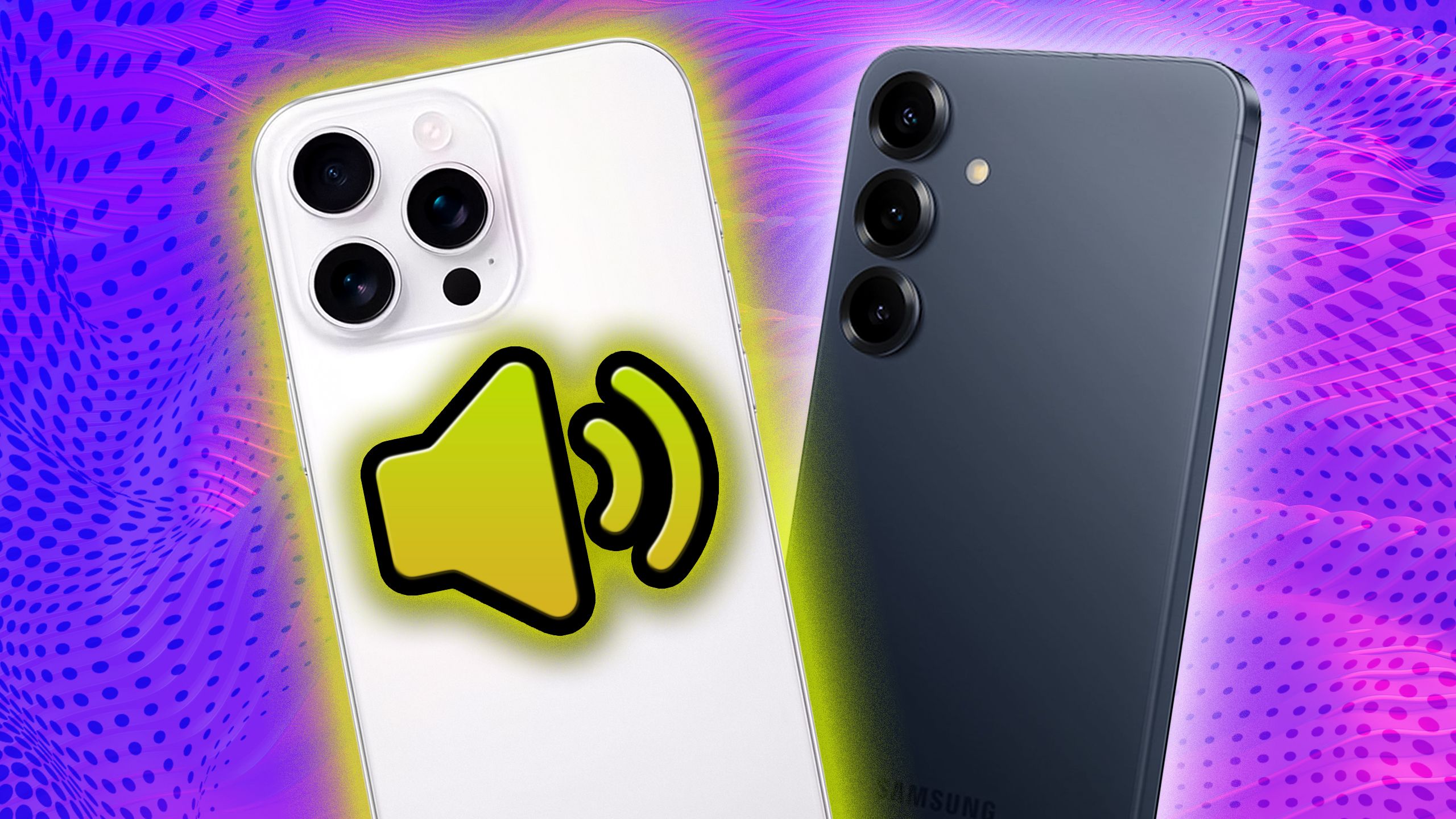
Associated
Is iPhone better than Android for sound quality?
The reply is not as clear-cut because it as soon as may’ve been.
Lightning’s downfall and demise
Dragged — kicking and screaming — into the trendy age
Arguably, Lightning’s destiny was sealed in August 2014, when the USB-C 1.0 specification was printed. The format had an edge out of the gate — whereas Lightning was solely ever a 16-pin customary at most, USB-C added one other 8 pins, serving to it ship extra energy and knowledge.
Lightning knowledge tops out at USB 2.0 speeds, about 480Mbps. USB-C began round 5Gbps, and at this time helps as a lot as 80Gbps when paired with ports and cables utilizing the USB-4 model of the specification. There is a related discrepancy in energy — with out particular equipment, Lightning delivers solely 12W, nowhere close to the 60 to 240W some USB-C cables are able to. You possibly can, in idea, energy a high-end gaming laptop computer with the identical wire you utilize to prime off your cellphone or earbuds.
For years, Apple refused to change iPhones and iPads over to USB-C, whilst rivals started to place the usual on their telephones and tablets, and the corporate’s personal Macs started adopting the expertise. The corporate even continued to launch new merchandise with Lightning ports, such because the AirPods Max and the primary two generations of iPad Professional.
It was laborious to disregard the writing on the wall, although, together with demand for interchangeable cables that ditched platform exclusivity. iPads slowly transitioned to USB-C, and in October 2022, the European Union handed guidelines making USB-C the default wired charging format. That meant Apple would quickly be unable to promote Lightning merchandise in Europe, and certainly the final iPhones to help Lightning have been 2022’s iPhone 14 and SE fashions. The SE continued to linger round till February 2025, when it was lastly changed by the USB-equipped iPhone 16e.
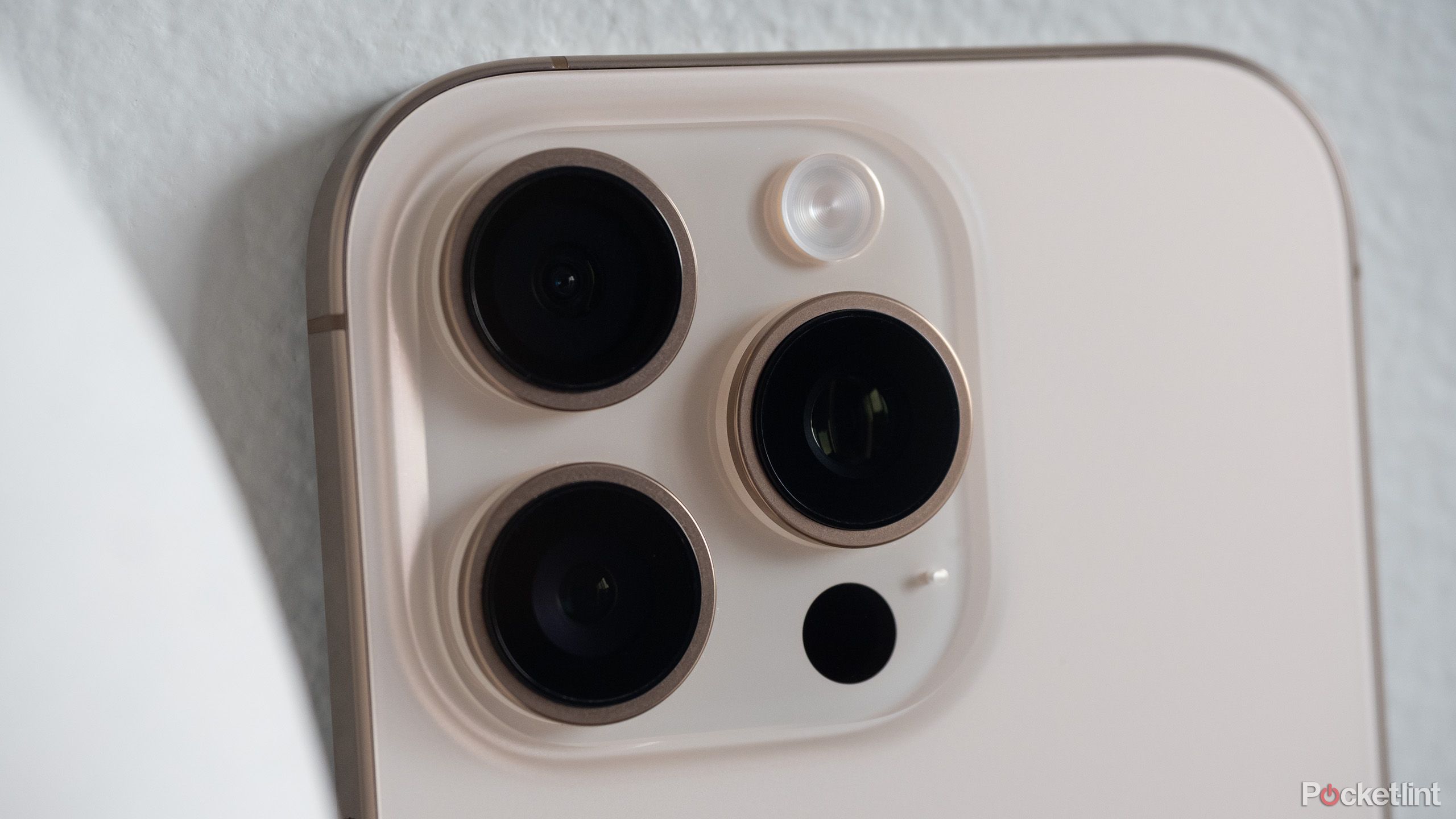
Associated
The Apple-UK encryption battle is a terrifying echo of San Bernardino
It is an extremely critical challenge that might put lives on the road.
Why did Apple maintain on to Lightning for thus lengthy?
A probable rationalization
The official story was avoiding e-waste, however in actuality, it in all probability boiled down to 2 issues: components prices and maintaining folks within the Apple ecosystem. Lightning grew to become so ubiquitous so rapidly that switching over to USB-C was inevitably going to contain a large provide chain expenditure, to not point out redesigning complete product lineups. Relatively than eat that price when USB-C was new and (comparatively) costly, Apple seems to have determined to carry out for so long as attainable.
In the meantime, Lightning allowed the corporate to reap income from proprietary equipment, whereas concurrently discouraging folks from leaping ship to Android. If you happen to had a house filled with Lightning equipment, switching to Android meant changing all the things with USB-C equivalents.
That wasn’t the top of the world, nevertheless it was a notch in opposition to Android for those who have been budget-conscious.
The actual thriller could also be why Apple by no means bothered to improve Lightning in any critical manner. It’d’ve held on to exclusivity for some time longer, and even established Lightning as its personal common customary. Given what number of antitrust battles the corporate has needed to struggle, maybe the corporate realized there can be diminishing returns.
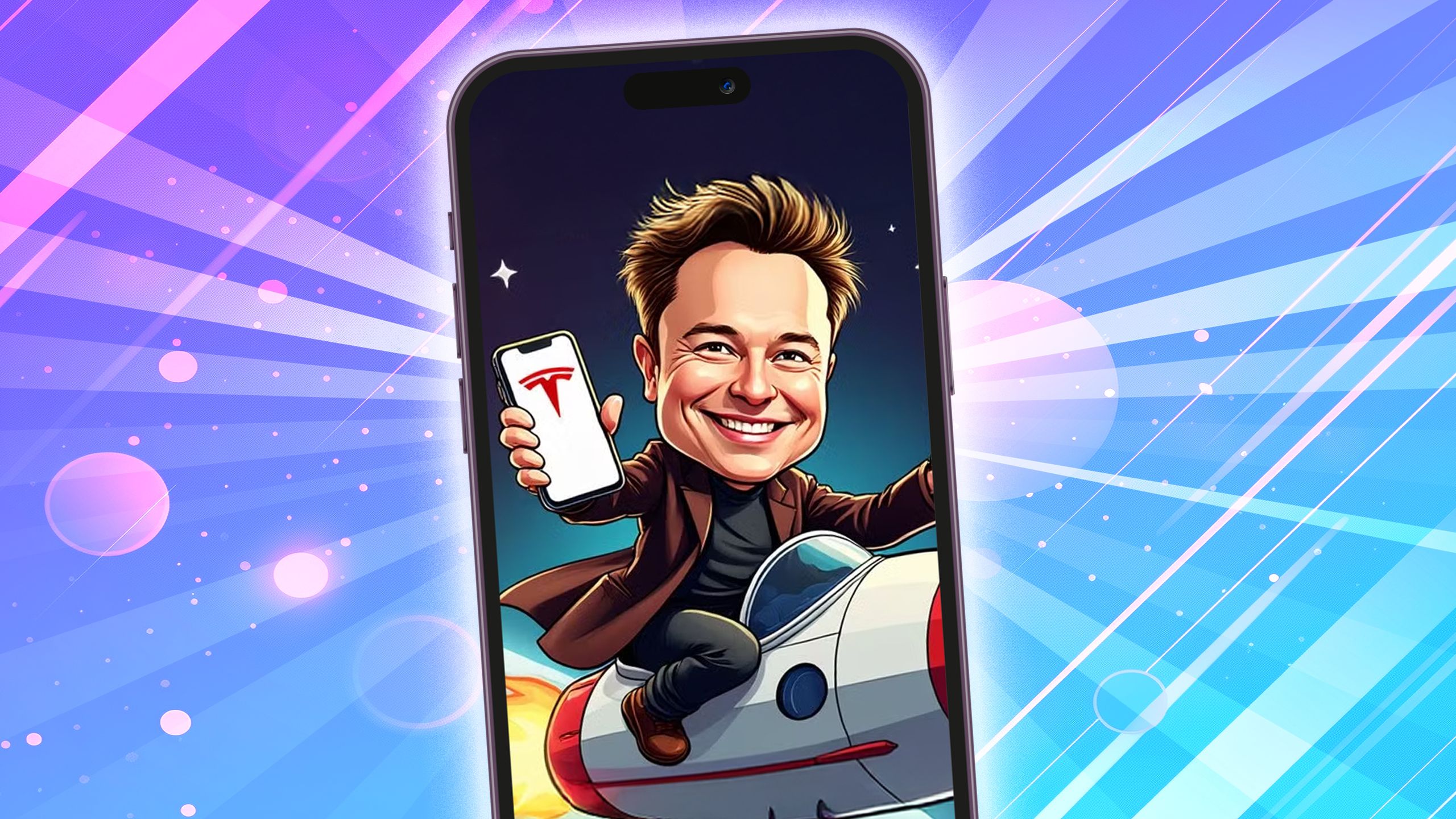
Associated
Apple Intelligence’s third-party hooks are the right direction for phone AI
It is about points like personalization, resilience, and privateness.
Trending Merchandise

TP-Hyperlink AX5400 WiFi 6 Router (Archer AX73)- Twin Band Gigabit Wi-fi Web Router, Excessive-Pace ax Router for Streaming, Lengthy Vary Protection, 5 GHz

Amazon Fundamentals – 27 Inch IPS Monitor 75 Hz Powered with AOC Expertise FHD 1080P HDMI, Show Port and VGA Enter VESA Appropriate Constructed-in Audio system for Workplace and Residence, Black

acer Aspire 5 15 Slim Laptop computer | 15.6″ FHD (1920 x 1080) IPS |Core i7-1355U | Intel Iris Xe Graphics | 16GB LPDDR5 | 512GB Gen 4 SSD | Wi-Fi 6E | USB4/Thunderbolt 4 | Backlit KB | A515-58M-7570, Grey

NETGEAR 4-Stream WiFi 6 Router (R6700AX) â Security Features, AX1800 Wireless Speed (Up to 1.8 Gbps), Covers up to 1,500 sq. ft., 20 devices

Thermaltake Tower 500 Vertical Mid-Tower Pc Chassis Helps E-ATX CA-1X1-00M1WN-00

Logitech MK270 Wi-fi Keyboard And Mouse Combo For Home windows, 2.4 GHz Wi-fi, Compact Mouse, 8 Multimedia And Shortcut Keys, For PC, Laptop computer – Black

NETGEAR Nighthawk Professional Gaming WiFi 6 Router (XR1000) 6-Stream AX5400 Wi-fi Velocity (as much as 5.4Gbps) | DumaOS 3.0 Optimizes Lag-Free Server Connections 4 x 1G Ethernet and 1 USB Ports

SAMSUNG 27-Inch S43GC Series Business Essential Computer Monitor, IPS Panel, Height Adjustable Stand, Triple Input, New DisplayPort, 100Hz, AMD FreeSync, Advanced Eye Care LS27C432GANXZA, 2024



